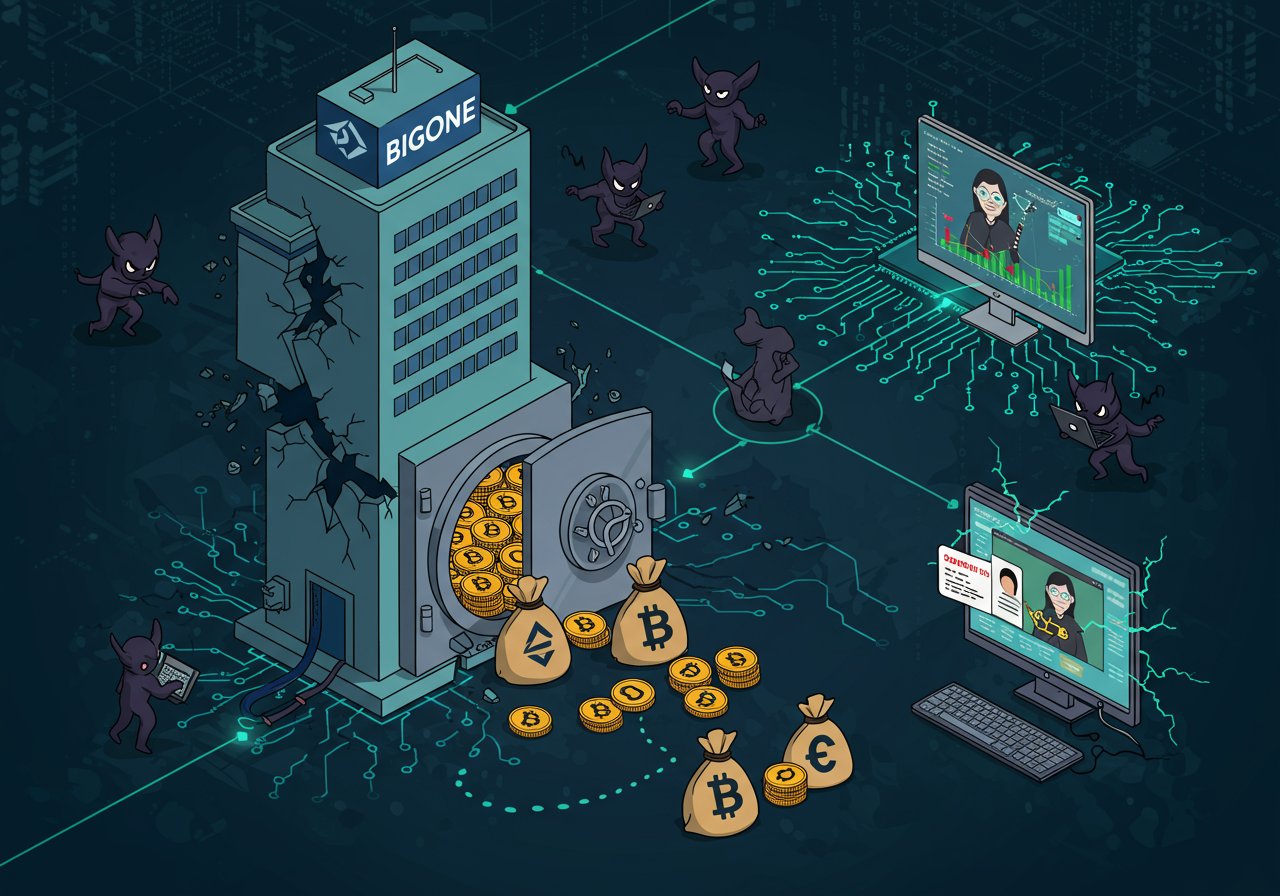
The Anatomy of a Modern Crypto Heist: BigONE‘s $27 Million Loss
The cryptocurrency landscape is constantly evolving, and unfortunately, so are the tactics of cybercriminals. The July 2025 attack on the Seychelles-based exchange, BigONE, serves as a stark reminder of this. While the industry often focuses on private key security, the BigONE incident underscores a different threat: supply chain attacks targeting internal systems. This sophisticated breach resulted in the theft of approximately $27 million worth of digital assets, without the need to compromise any private keys.
Beyond Key Security: The Attack Vector
Unlike many recent exchange hacks that exploited compromised private keys or smart contract vulnerabilities, the BigONE attack focused on the exchange’s back-end infrastructure. This involved a well-planned supply chain attack that started with social engineering. A key BigONE developer was targeted, and through a successful compromise, the attackers gained unauthorized access to the exchange’s systems. This access allowed the deployment of malicious code, cleverly designed to manipulate internal accounting and risk management services, effectively allowing the criminals to authorize withdrawals from the hot wallets.
The Stolen Assets and On-Chain Footprint
The attackers didn’t waste time. Once inside, they swiftly moved assets, including 121 Bitcoin (BTC), 350 Ether (ETH), 9.69 billion Shiba Inu (SHIB), 538,000 Dogecoin (DOGE), and various other cryptocurrencies. This rapid extraction was followed by “cleanup” transactions, demonstrating meticulous planning and a deep understanding of the exchange’s internal workings. Blockchain data reveals a clear on-chain footprint, though tracing the funds’ final destination remains a complex task, with funds laundered across various blockchains including Tron, Solana, and Bitcoin.
The Importance of System Integrity
This attack highlights the importance of robust security measures beyond protecting private keys. Centralized exchanges (CEXs) rely heavily on continuous integration (CI) systems for software updates, presenting a potential vulnerability. A single point of failure, such as a compromised developer, can open the door to malicious code injection. BigONE has stated they are covering user losses from their insurance reserve fund and has issued a bounty program to recover the stolen funds. Blockchain security firms are seeing increased demand for their services, in this climate of escalating threats.
The Evolving Threat Landscape
The BigONE incident underscores the escalating sophistication of crypto attacks. It is a clear illustration of how easily the internal systems of even well-established exchanges can be exploited. This further demonstrates the growing necessity for enhanced security measures, continuous audits, and rigorous employee training. While no exchange is entirely immune to attacks, the BigONE hack highlights a very troubling trend: the increasing need for defense against attacks that bypass the classic attack vectors. The industry must adapt to defend against increasingly innovative methods employed by cybercriminals, focusing on a multi-layered approach that addresses both external and internal vulnerabilities.


